Home>Furniture & Design>Interior Design Trends>Why Is Glass Better Than Plastic
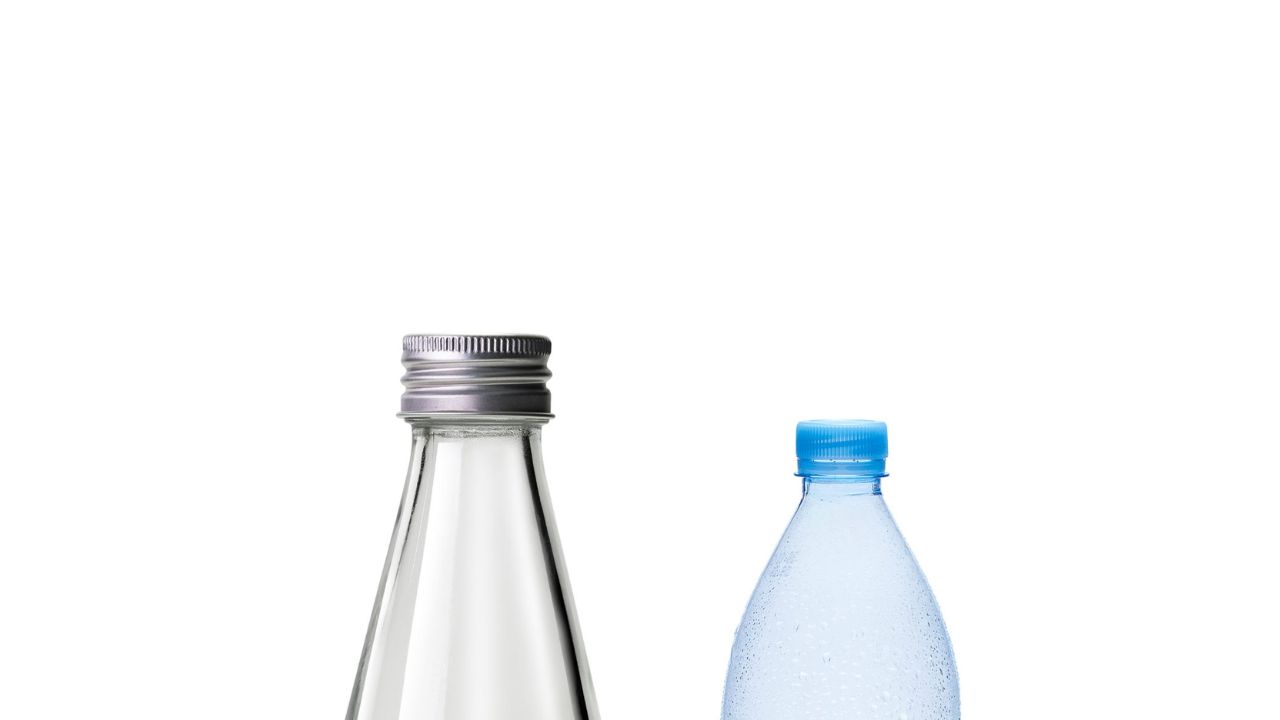

Interior Design Trends
Why Is Glass Better Than Plastic
Modified: February 18, 2024
Discover why glass is the superior choice over plastic in interior design trends. Explore the benefits of glass for a stylish and sustainable home.
(Many of the links in this article redirect to a specific reviewed product. Your purchase of these products through affiliate links helps to generate commission for Storables.com, at no extra cost. Learn more)
Introduction
Glass and plastic are two commonly used materials in interior design, each with its own set of characteristics and benefits. When it comes to making choices for interior design elements, such as furniture, lighting, and decor, the decision between glass and plastic often arises. Understanding the advantages of glass over plastic can significantly influence the design and functionality of interior spaces.
Glass has been a timeless material in interior design, renowned for its elegance, versatility, and durability. Its ability to seamlessly blend with various design styles, from modern and minimalist to classic and ornate, makes it a popular choice among designers and homeowners alike. On the other hand, plastic, while also versatile, may not possess the same level of sophistication and enduring appeal as glass.
In this article, we will delve into the reasons why glass is often considered superior to plastic in interior design. From its environmental impact and health benefits to its durability and aesthetic appeal, we will explore the multifaceted advantages that glass brings to interior spaces. By understanding the distinct advantages of glass, designers and homeowners can make informed decisions that elevate the visual appeal and functionality of their living and working environments.
Key Takeaways:
- Glass is a better choice than plastic for interior design due to its eco-friendly nature, recyclability, and minimal environmental impact. It’s a sustainable and responsible option for creating stylish and functional living spaces.
- Glass offers health and safety benefits, as it is non-toxic, non-permeable, and durable. It prioritizes the well-being of occupants and creates a sense of security and tranquility in interior spaces.
Read more: Why Are Glass Bottles Better Than Plastic
Environmental Impact
Glass is often favored over plastic due to its superior environmental impact. When considering sustainability and eco-friendliness, glass emerges as the more responsible choice for interior design elements. Unlike plastic, which is derived from non-renewable fossil fuels, glass is primarily made from sand, an abundant natural resource. This fundamental difference underscores the eco-friendly nature of glass, as it reduces reliance on finite resources and minimizes the environmental footprint associated with material production.
Furthermore, glass is highly recyclable, making it a sustainable option for interior design applications. Recycled glass can be used to create new products, reducing the demand for raw materials and energy-intensive manufacturing processes. This closed-loop approach to glass usage aligns with the principles of circular economy and environmental stewardship, contributing to reduced waste and resource conservation.
In contrast, plastic poses significant environmental challenges, particularly in terms of disposal and degradation. Many plastic products end up in landfills, where they can persist for hundreds of years without breaking down. Moreover, plastic waste often finds its way into natural ecosystems, causing harm to wildlife and contributing to pollution. The pervasive nature of plastic pollution underscores the urgency of transitioning towards more sustainable alternatives, such as glass, in interior design.
By choosing glass over plastic, interior designers and homeowners can actively support environmentally responsible practices. The use of glass in furnishings, decorative accents, and architectural elements not only enhances the aesthetic appeal of interior spaces but also aligns with sustainable design principles. This conscientious approach to material selection reflects a commitment to preserving the environment and promoting a greener, more sustainable future for interior design.
In summary, the environmental impact of glass surpasses that of plastic, making it a preferred choice for environmentally conscious interior design. By prioritizing the use of glass in interior spaces, designers and homeowners can contribute to a more sustainable and eco-friendly built environment, while simultaneously enjoying the timeless elegance and versatility that glass brings to interior design.
Health and Safety
When it comes to health and safety considerations in interior design, glass offers distinct advantages over plastic. One of the primary benefits of using glass in interior spaces is its inert and non-toxic nature. Unlike certain types of plastic, which may contain harmful chemicals such as phthalates and bisphenol A (BPA), glass is inherently free from these potentially hazardous substances. This characteristic makes glass a preferred choice for applications where human health and safety are paramount.
In addition to being non-toxic, glass is also non-permeable and non-reactive, meaning it does not leach harmful substances into the surrounding environment. This quality is particularly important in areas where food and beverages are handled, such as kitchen countertops, dining tables, and serving ware. By choosing glass over plastic in these contexts, designers and homeowners can ensure that the materials in contact with food and drinks do not pose a risk of chemical contamination.
Furthermore, the durability of glass contributes to its safety profile in interior design. Unlike plastic, which can scratch, warp, or degrade over time, glass maintains its structural integrity and smooth surface, reducing the risk of potential hazards such as sharp edges or compromised structural stability. This durability is especially relevant in high-traffic areas and spaces frequented by children, where the robustness of glass can mitigate the risk of accidents and injuries.
From a fire safety perspective, glass also offers advantages over certain types of plastic. Tempered or fire-rated glass, for example, exhibits high resistance to fire and heat, making it a suitable choice for applications where fire safety is a priority, such as doors, partitions, and windows. In contrast, some plastics may pose fire hazards due to their flammability and the release of toxic fumes when ignited.
In summary, the health and safety benefits of using glass in interior design are significant. Its non-toxic, non-permeable, and durable properties make it a preferred material for applications where human health, safety, and well-being are paramount. By incorporating glass into interior spaces, designers and homeowners can create environments that prioritize both aesthetic appeal and the protection of occupants, aligning with the overarching goal of promoting healthy and safe living and working spaces.
Glass is better than plastic because it is non-toxic, more durable, and can be recycled endlessly without losing quality. Choose glass containers over plastic for a safer and more sustainable option.
Durability and Longevity
When it comes to durability and longevity in interior design, glass stands out as a material renowned for its resilience and enduring appeal. Unlike plastic, which may be prone to scratches, discoloration, and degradation over time, glass exhibits exceptional durability, maintaining its pristine appearance and structural integrity even after years of use. This inherent robustness makes glass a compelling choice for a wide range of interior design applications, from furniture and lighting to architectural elements and decorative accents.
One of the key factors contributing to the durability of glass is its resistance to wear and tear. Glass surfaces are inherently smooth and non-porous, making them less susceptible to damage from everyday use. Whether it's a glass tabletop in a bustling dining area or a glass shelving unit in a retail space, the ability of glass to withstand frequent handling, cleaning, and environmental factors sets it apart as a long-lasting material that retains its visual allure.
Moreover, the timeless aesthetic of glass adds to its longevity in interior design. Unlike trends that come and go, the classic elegance of glass transcends passing fads, ensuring that glass elements seamlessly integrate into diverse design styles and endure through evolving design preferences. This enduring appeal makes glass a sound investment for interior spaces, as it continues to exude sophistication and refinement year after year, contributing to the timeless allure of the overall design scheme.
In addition to its physical durability and timeless aesthetic, the versatility of glass further enhances its longevity in interior design. Glass can be crafted into a myriad of forms, from sleek, minimalist shapes to intricate, ornate designs, offering endless possibilities for creative expression. Whether used in the form of statement lighting fixtures, sculptural art pieces, or architectural features such as glass partitions and balustrades, the adaptability of glass ensures its relevance across diverse design contexts, reinforcing its status as a lasting and impactful design element.
From a practical standpoint, the longevity of glass also translates into cost-effectiveness over time. While initial investments in glass may be higher than those for certain plastic alternatives, the extended lifespan and enduring beauty of glass justify its value proposition. By choosing glass for interior design applications, designers and homeowners can minimize the need for frequent replacements and updates, ultimately reducing long-term maintenance costs and contributing to sustainable, resource-efficient design practices.
In summary, the durability and longevity of glass make it a compelling choice for interior design, surpassing the limitations of plastic in terms of resilience, aesthetic endurance, and long-term value. By incorporating glass into interior spaces, designers and homeowners can create environments that not only exude timeless elegance but also stand the test of time, embodying the enduring beauty and practical functionality that define exceptional interior design.
Aesthetics and Transparency
In the realm of interior design, the interplay of aesthetics and transparency holds profound significance, and glass emerges as a quintessential material that embodies both these elements with unparalleled grace and sophistication. The inherent beauty of glass lies in its ability to seamlessly blend into diverse design styles while imparting a sense of openness, luminosity, and visual allure to interior spaces.
The aesthetic appeal of glass transcends conventional boundaries, offering a spectrum of possibilities for creating captivating design compositions. Whether it's the sleek, modernist elegance of a glass coffee table in a contemporary living room or the timeless grandeur of a crystal chandelier in a classic dining area, glass elements infuse spaces with an ethereal quality that captivates the senses. The transparency of glass allows light to dance and refract, casting enchanting patterns and reflections that animate the surrounding environment, creating a dynamic interplay of light and shadow that elevates the overall ambiance.
Moreover, the transparency of glass fosters a sense of openness and connectivity within interior spaces. Glass partitions, for instance, delineate areas without visually segmenting them, fostering a sense of continuity and spatial fluidity. This transparency not only enhances the visual spaciousness of interiors but also fosters a harmonious flow between different functional zones, promoting an environment of openness and accessibility.
In addition to its aesthetic allure and transparency, glass possesses the unique ability to amplify the visual impact of surrounding elements. Whether it's the verdant foliage of an indoor garden seen through a glass wall or the panoramic cityscape framed by floor-to-ceiling windows, glass serves as a conduit for bringing the outside world into the interior realm, blurring the boundaries between indoor and outdoor environments. This seamless integration of interior and exterior vistas adds a layer of depth and dimension to interior spaces, creating a captivating visual tapestry that evolves with the changing play of natural light and seasonal landscapes.
The aesthetic and transparent qualities of glass extend beyond mere visual appeal, influencing the emotional and psychological experience of occupants. The luminous, weightless quality of glass imparts a sense of airiness and serenity, fostering an environment of tranquility and contemplation. The transparency of glass also facilitates visual connections, allowing occupants to engage with their surroundings in a seamless, unobtrusive manner, promoting a sense of unity with the environment.
In essence, the aesthetic allure and transparency of glass in interior design transcend mere visual aesthetics, encompassing a holistic experience that engages the senses, fosters spatial harmony, and celebrates the interplay of light, form, and environment. By embracing the inherent beauty and transparency of glass, designers and homeowners can create interior spaces that resonate with timeless elegance, luminous vitality, and a profound sense of interconnectedness with the surrounding world.
Read more: Why Is Grass Better Than Turf
Conclusion
In conclusion, the comparison between glass and plastic in the context of interior design reveals a compelling narrative that underscores the multifaceted advantages of glass as a superior material. From its environmental sustainability and health-conscious attributes to its enduring durability, timeless aesthetics, and transparent allure, glass emerges as a material that transcends mere functionality, elevating interior spaces with its inherent elegance and transformative qualities.
The environmental impact of glass, characterized by its sustainable sourcing and recyclability, aligns with the principles of eco-conscious design, offering a responsible choice for designers and homeowners seeking to minimize their environmental footprint. By opting for glass over plastic, interior spaces can embody a commitment to sustainable practices, contributing to a greener, more harmonious built environment.
Furthermore, the health and safety benefits of glass, stemming from its non-toxic, non-permeable nature and exceptional durability, position it as a material that prioritizes the well-being of occupants. In environments where human health and safety are paramount, the use of glass resonates as a conscientious choice that fosters a sense of security and tranquility.
The durability and longevity of glass underscore its value as a long-term investment in interior design, offering a timeless aesthetic that endures through evolving design trends. Unlike plastic, which may succumb to wear and tear over time, glass maintains its pristine allure, contributing to the enduring beauty and functionality of interior spaces.
Lastly, the aesthetic and transparent qualities of glass infuse interior spaces with a sense of luminosity, openness, and visual allure, creating environments that engage the senses and foster a harmonious connection with the surrounding world. The ethereal beauty of glass transcends conventional boundaries, offering a canvas for creativity and expression that captivates the imagination.
In essence, the advantages of glass over plastic in interior design extend beyond mere material considerations, encompassing a holistic narrative that celebrates sustainability, well-being, enduring elegance, and transcendent beauty. By embracing the inherent qualities of glass, designers and homeowners can craft interior spaces that resonate with timeless allure, luminous vitality, and a profound sense of interconnectedness with the surrounding world.
Frequently Asked Questions about Why Is Glass Better Than Plastic
Was this page helpful?
At Storables.com, we guarantee accurate and reliable information. Our content, validated by Expert Board Contributors, is crafted following stringent Editorial Policies. We're committed to providing you with well-researched, expert-backed insights for all your informational needs.

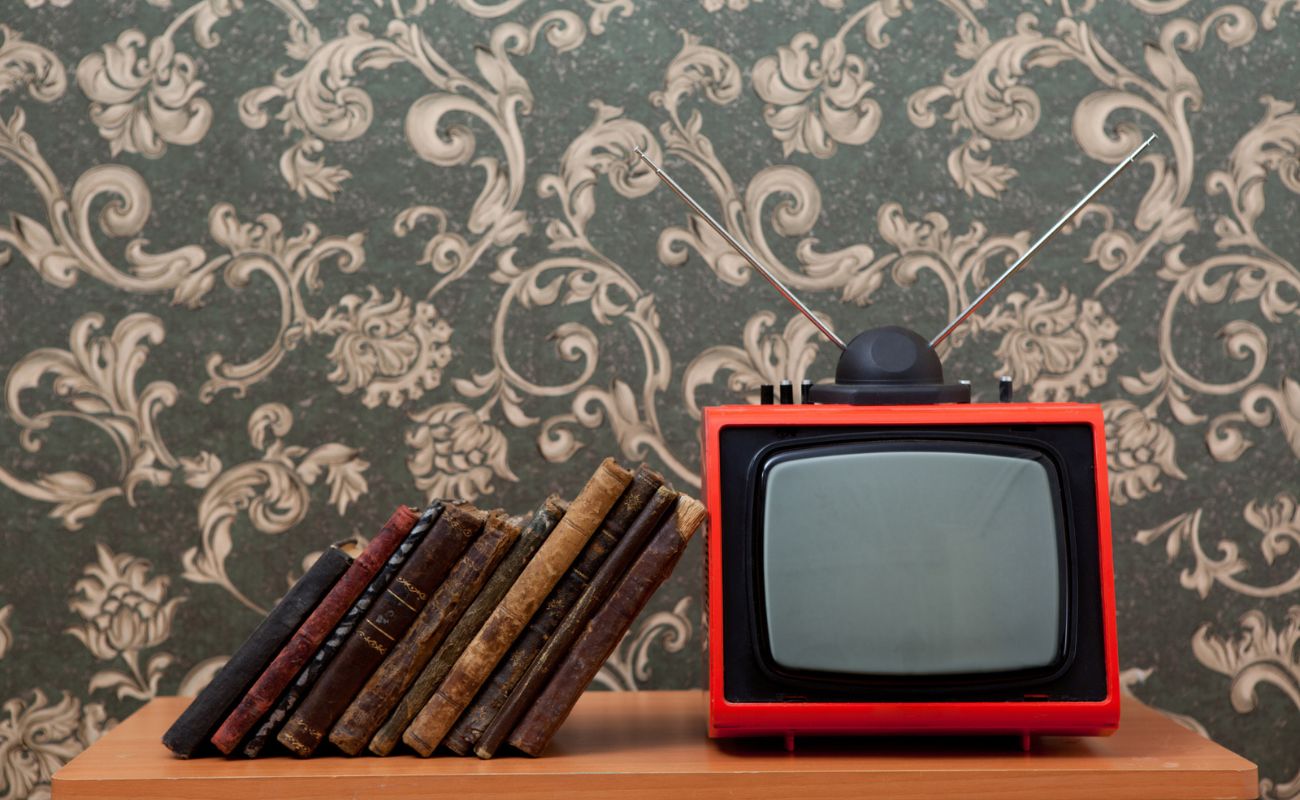
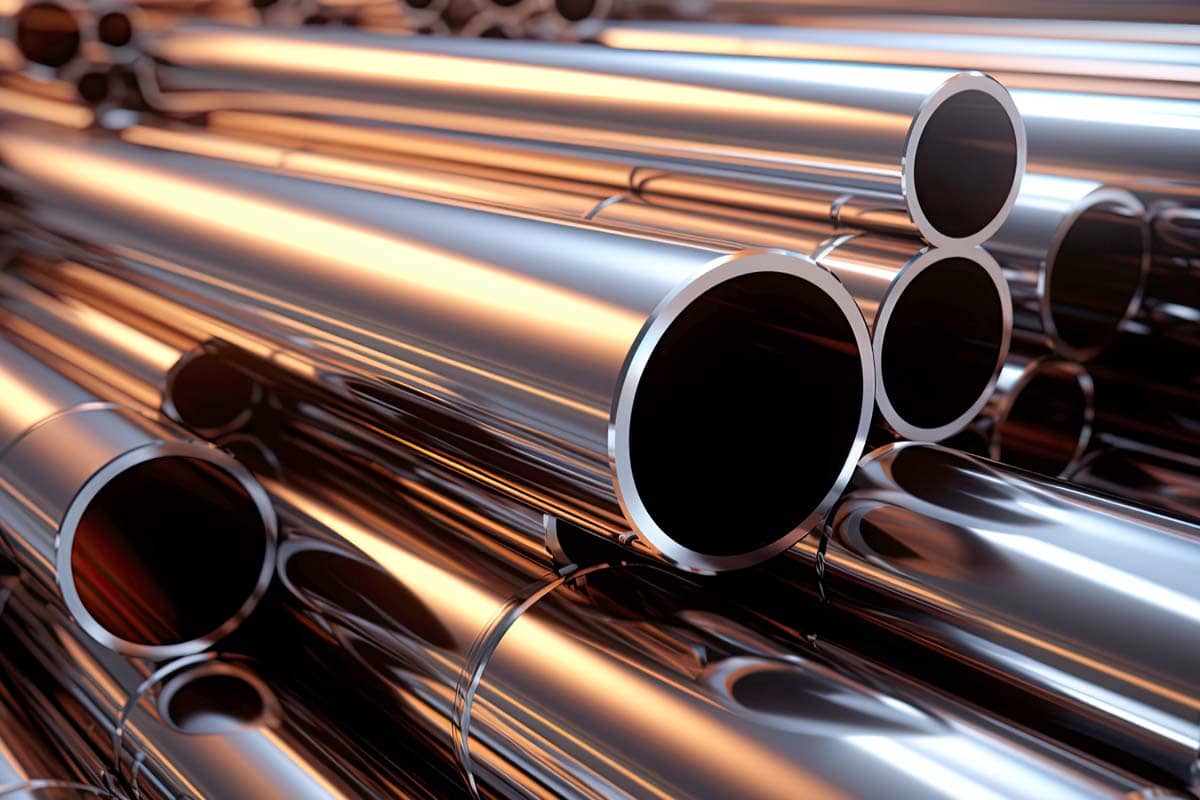
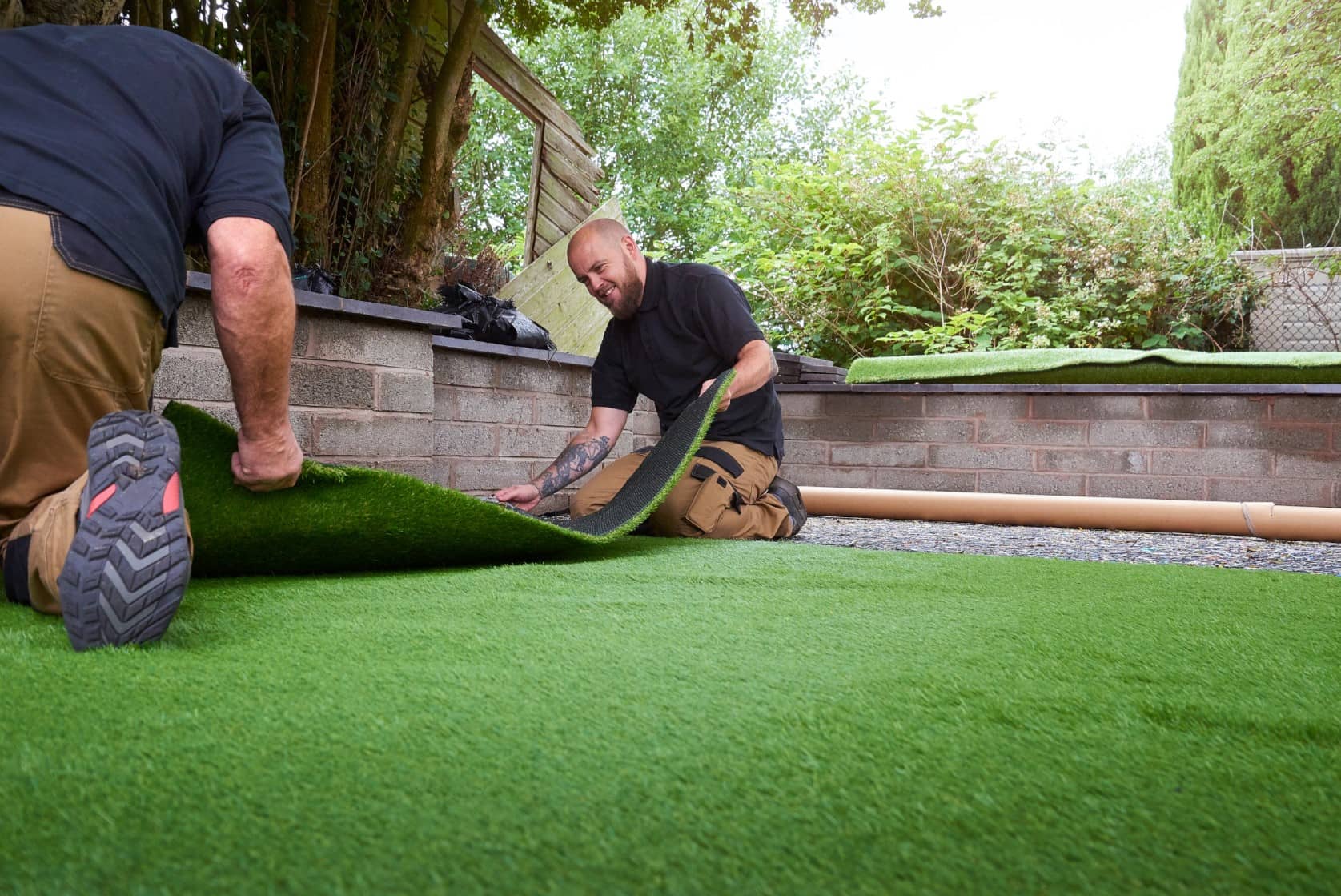

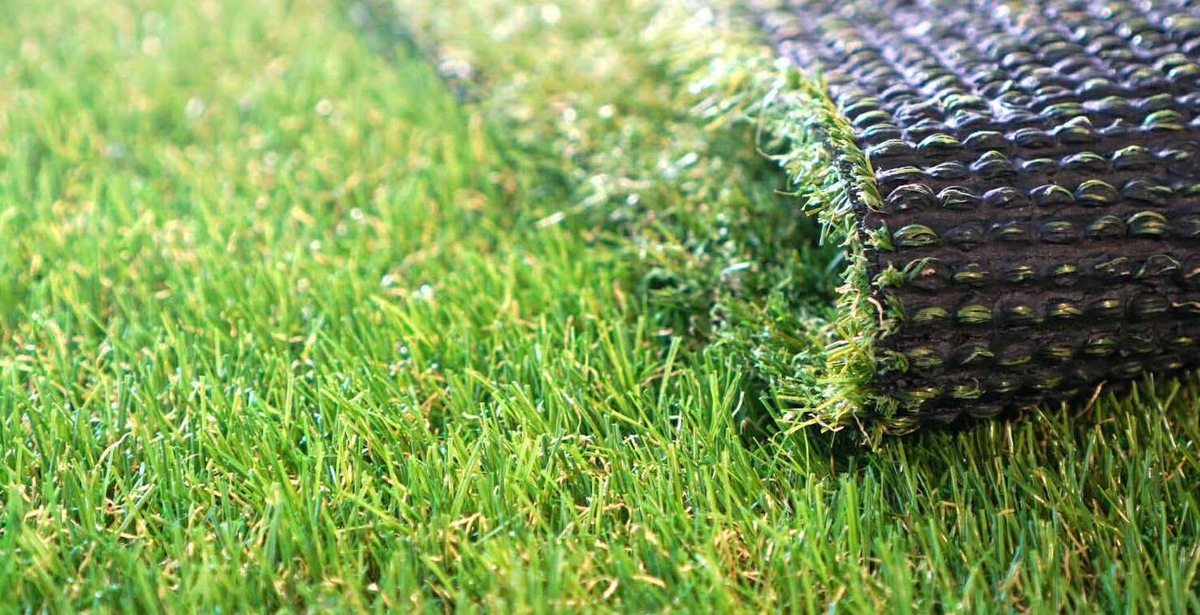

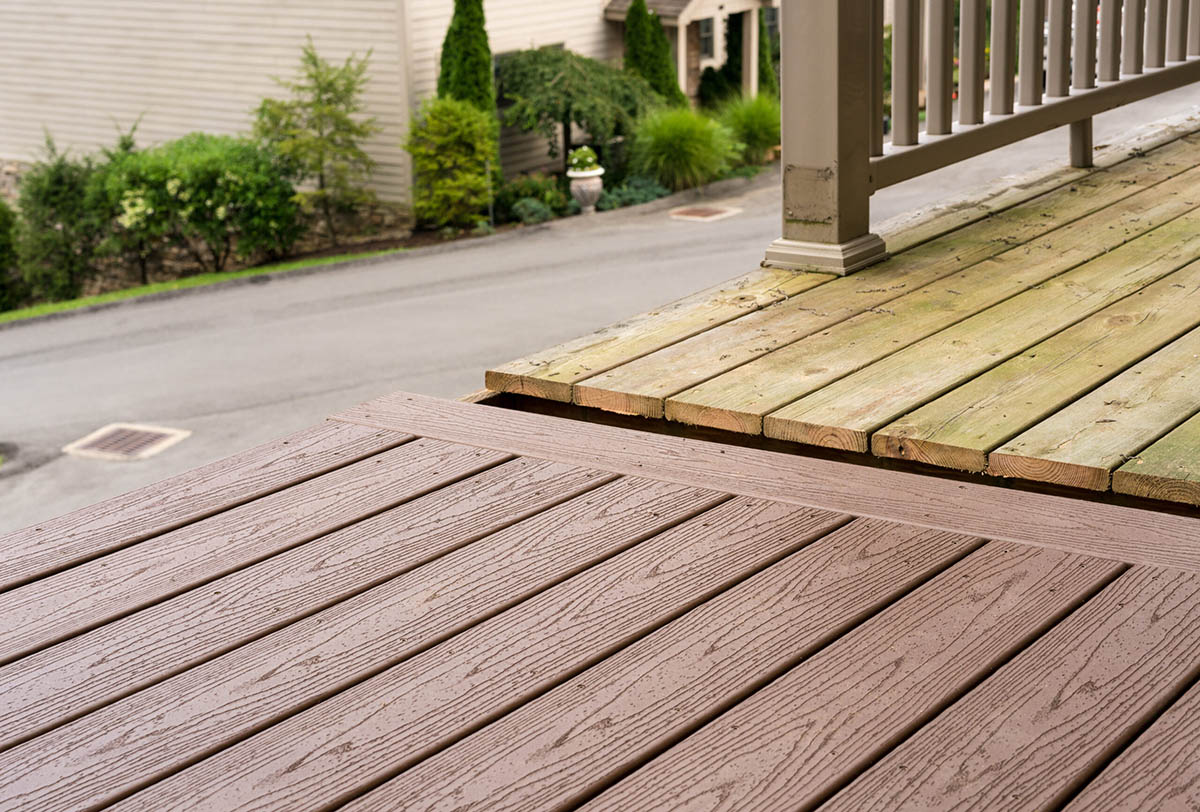


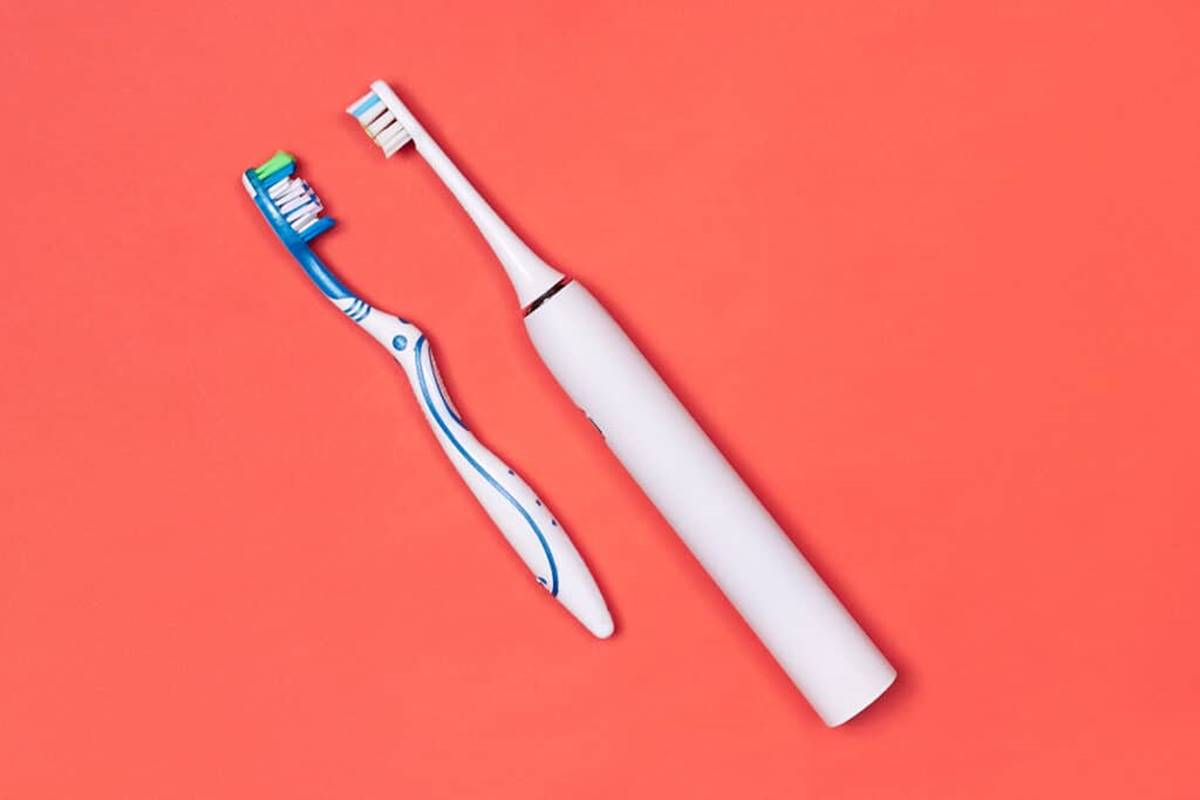
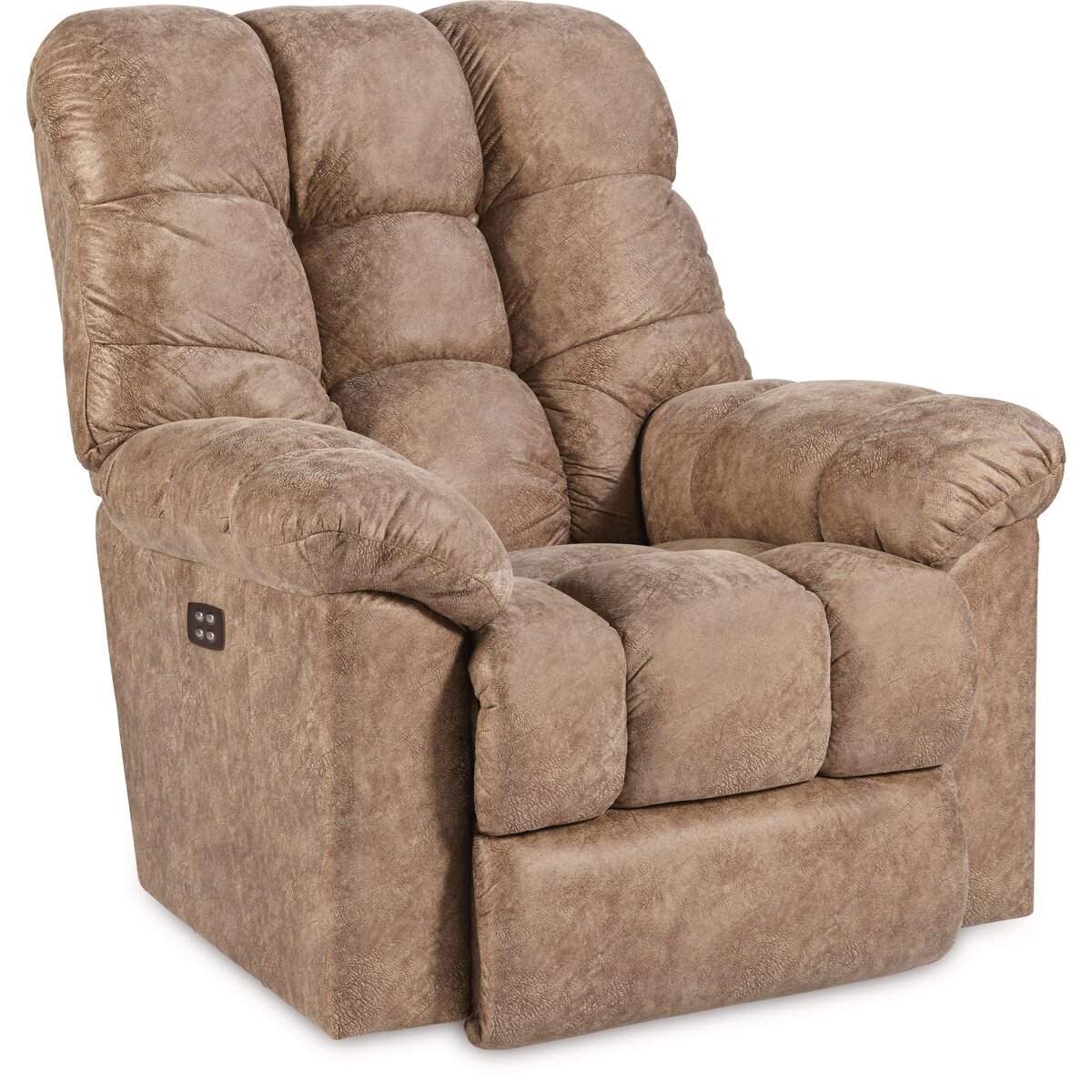
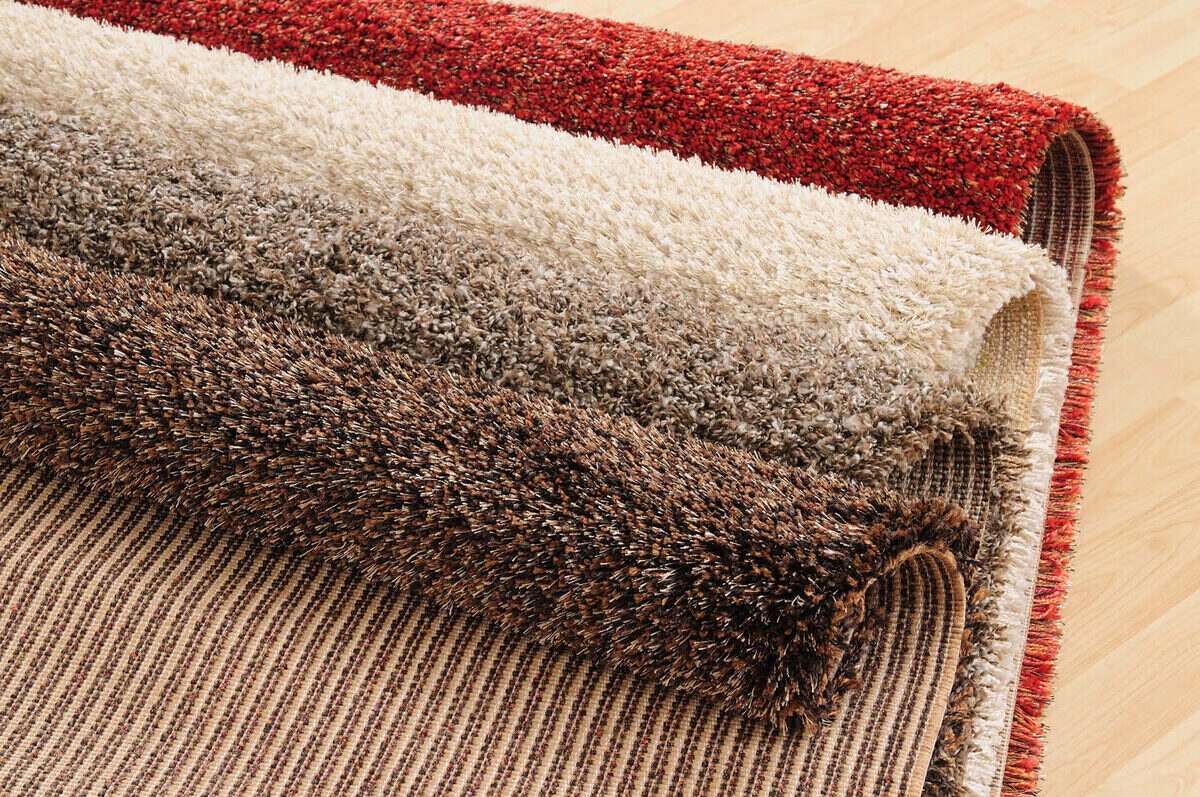
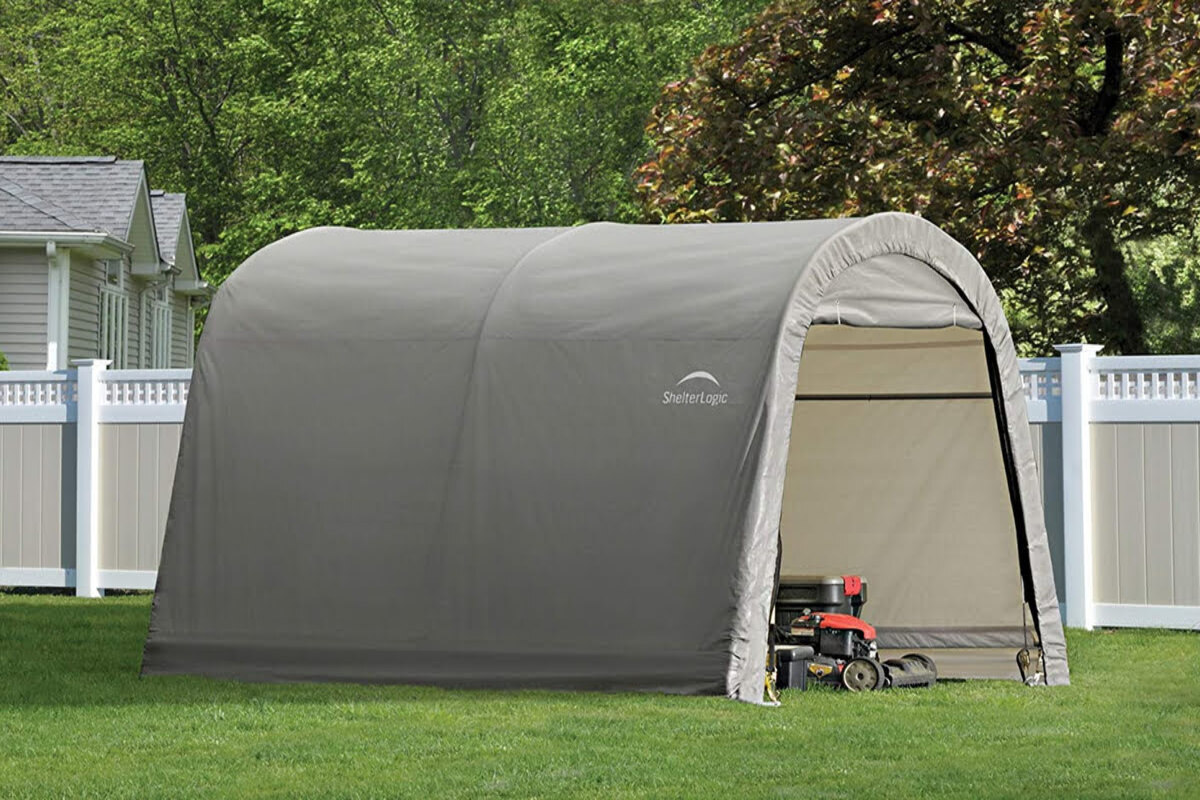

0 thoughts on “Why Is Glass Better Than Plastic”